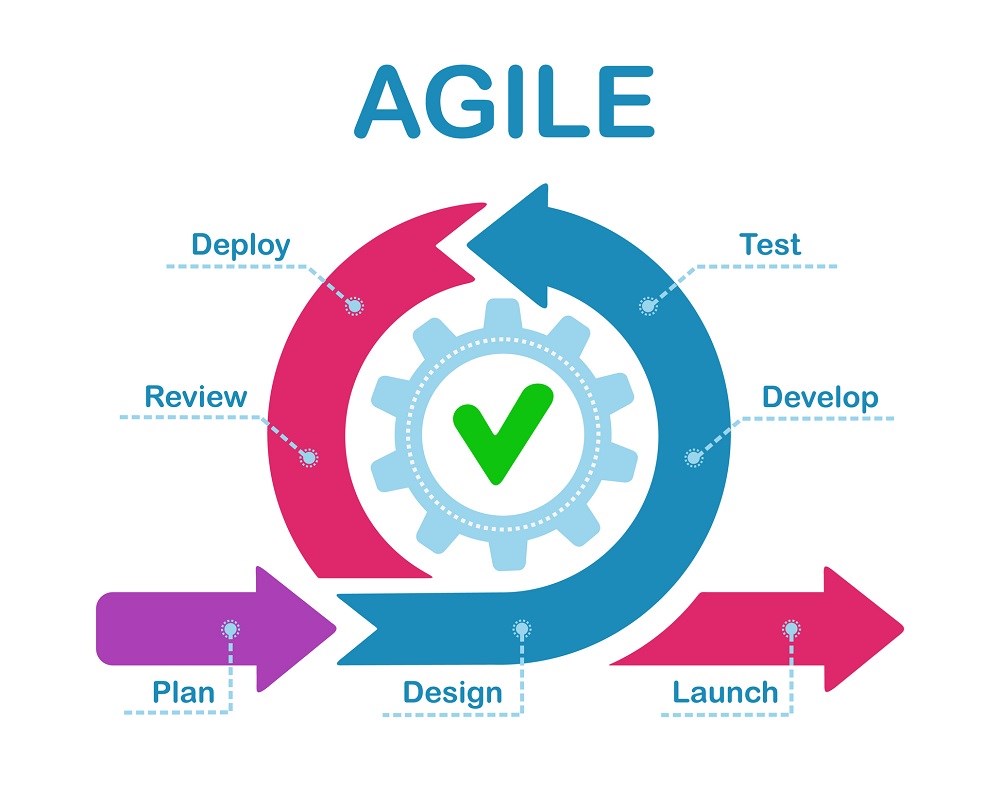Flexible planning for businesses: Learning from lesson planning
In the experienced teacher’s classroom, flexibility in lesson planning and the ability to respond to student needs are key components of a successful plan and successful delivery. This flexibility is equally, if not more important, in business and strategic planning where the students are replaced with customers and market forces. In this blogpost, Gerhard considers what this might look like in practice – and how to ensure that there is enough flexibility in your planning that you don’t just ‘implement the plan’, but respond appropriately to emergent needs.

During interviews for a research project on strategic planning in ELT, Andy Hockley, who blogs about management in ELT used an analogy related to lesson planning to describe flexibility in business and strategic planning. While not true for all teachers, one way of looking at teacher development is their approach to the classroom in terms of qualifications, materials, and students. Initially, the qualification carries lots of weight and there are expectations from the teacher and colleagues that the qualification should be the key to great teaching. When problems occur, imposter syndrome can arise where the teacher doubts their own ability and then the focus switches to the materials and the effect materials have on lesson effectiveness.
Inevitably, materials are not the answer to strong lessons. Great teachers know how to respond to the students in the classroom by looking at emergent language and emergent needs, and by really finding out what exactly the students need – and how to respond to those needs, both in the planning process and in response to events in the classroom. There are numerous good blogs and articles on lesson planning from Modern English Teacher and English Teaching professional that somewhat describe this process of attention to detail by responding to students’ needs, but my two favourites are this one by David Dodgson and this one by Simon Brown.
Managers can learn something from this analogy. While we have great models for lesson planning and business planning or strategic planning, emergent customer needs and market forces require us to have some sense of flexibility – and just as flexibility makes our lesson planning and delivery stronger, it could make our business and strategic planning stronger.

Having a plan
While large businesses usually have very specific ways of planning for the semester, the year and even three to five years ahead, smaller businesses may only plan a term or two ahead – and this often involves looking at current courses or products and how to be profitable in the short term. While there is nothing inherently wrong with this, and it isn’t the focus of this blogpost, planning for a longer period of time gives more purpose and focus in both the short and long term. There are many models that both small and large enterprises can refer to, and this might be a good place to start.
Things to consider in a business and strategic plan:
- Key goals and your organisation’s vision
- Key stakeholders
- Current and potential customers and their needs
- Finance
- Marketing and Sales, and how that feeds into customer attraction and retention
- Product delivery and Unique Selling Points/Propositions
- Strengths and weaknesses of your organization
- Opportunities and threats (both internally and externally)
- Organization flexibility and your ability to respond

Responding and change management
One way of ensuring that your organisation can respond to challenges and change is to look at your staff, and how willing they would be to respond with you and your organisation or your team. There are many different ways to do this and each one potentially deserves its own blogpost.
They are:
- Ensure your teams have a shared vision that they all buy into and feel a part of
- Ensure your employees feel valued and heard
- Ensure employees are engaged and continuously developed
- Include employees in decision-making, or communicate centralised decisions to them in a clear way and ensure these decisions are in line with your organisation’s and the team’s vision
It is also good to look at change management in ELT. While there are many models, it would be useful to consider change in ELT organisations and build a suitable response based on this article from Kirsten Holt and this article by Paul Bress, and also to look at change management models such as Kotter, Lewin or others.
Risk assessment and scenario planning
While it is possible to stick to your plan and not worry too much about risks and different scenarios, a key element of flexibility is to be ready for changes in the market, such as changes in customer needs, new competitors, and new products from existing competitors (to name a few). A good starting point here would be to look at Porter’s five forces and use that as a model. Brainstorming through different scenarios, like teachers do with anticipated problems and solutions in a lesson plan, also allows for more structured reflection afterwards, but it is very important to scenario plan and realistically look at potential issues and challenges that the organization might face.
This can be done by considering the following:
- What are competitors doing?
- What can we do that competitors are not doing that the market might need?
- What does the market need/want?
- What would happen if… (scenarios)?
- How would we respond if/when … happens?

Looking forward
Nobody expected COVID-19 or the massive impact it has had on our industry. There were, however, organisations that responded better than others, and studying what they do might be a good way forward for many managers, leaders and organisations. This does not mean that we will have all the answers, and while our industry, especially offshore ELT organisations will be facing challenges for a while to come, an important lesson has been to think about how we would respond to certain challenges.
Teachers might not be able to plan how to respond to a discussion on the recent death of a family in a lesson about families and family members, and learning from that experience might prepare them for something that might never happen again, but as leaders and managers, we need to hold ourselves to the same standard of adaptable planning that we hold our teachers too – and then we may find ways to reflect, learn, and move forward.

Comments
Write a Comment
Comment Submitted